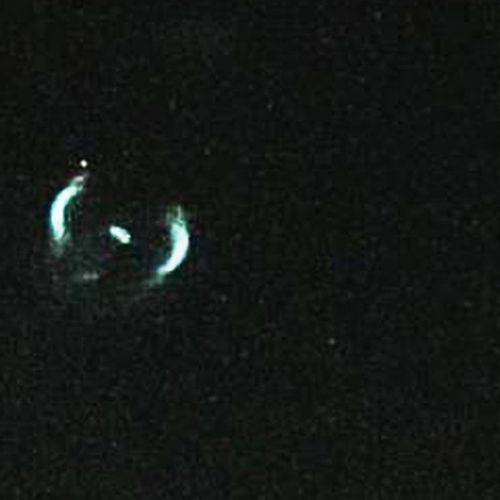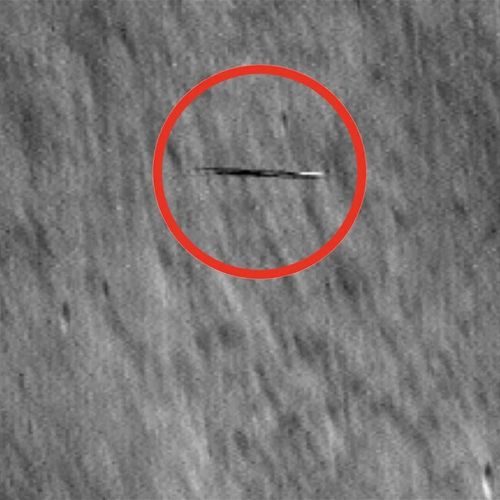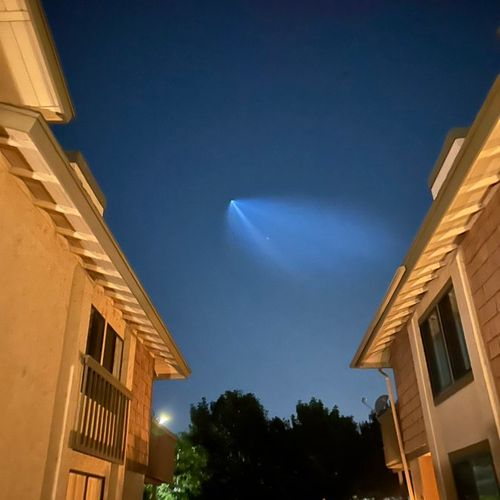
| Added | Wed, 12/02/2020 |
| Источники | |
| Дата публикации | Wed, 12/02/2020
|
| Версии |
On Sunday evening, February 9, booster Atlas V launched from Cape Canaveral in Florida and within four minutes were cut through the night sky. The launch was watched by thousands of scientists and engineers from all over Europe, and on the surrounding streets and the beaches of the gathered crowds. An hour and a half after liftoff, NASA announced that the solar panel probe successfully deployed.
About a year Solar Orbiter twice fly past Venus, then past the Earth, using planetary gravity to adjust the trajectory. Research will begin in late 2021 and 2022, the apparatus has first to approach the Sun. At the maximum convergence of Solar Orbiter will be at a distance of 42 million kilometers from the star, closer than mercury.
It is expected that Solar Orbiter observations will be coordinated with the Parker probe Solar Probe to be launched to the Sun in 2018. Parker Solar Probe was at a distance of 18.6 million kilometres from the Sun, which is an absolute record, and in 2025 will be only 6 million kilometers. Solar Orbiter will not have to set records to get closer to the hot star, and will move at a unique off-plane orbit, passing over the solar polar regions, which has never before been observed from the probe. From the solar poles emanate magnetic lines of force in these fields and formed coronal holes.
Engineers have developed apparatus for the heat shield can withstand temperatures up to 530 °C. the Design has a thickness of 38 cm and made of titanium foil with gaps for heat dissipation. For external coatings used charcoal in prehistoric cave drawings.
In just the past 30 years, more than a dozen spacecraft have explored the Sun. However, until now there was no technology for such a complex spacecraft like Parker, and the Solar Orbiter, closer to the star and burn.
Solar Orbiter will rotate around the Sun and observe solar wind and magnetic field. The obtained data should help in predicting space weather, is able to interfere with electrical networks on Earth and disturb communications satellites in earth orbit. Image the polar regions will be used to create solar 3D model.
Translated by «Yandex.Translator»
Derek Demeter (Emil Buehler Planetarium)
Translated by «Yandex.Translator»
Новости со схожими версиями
Log in or register to post comments









